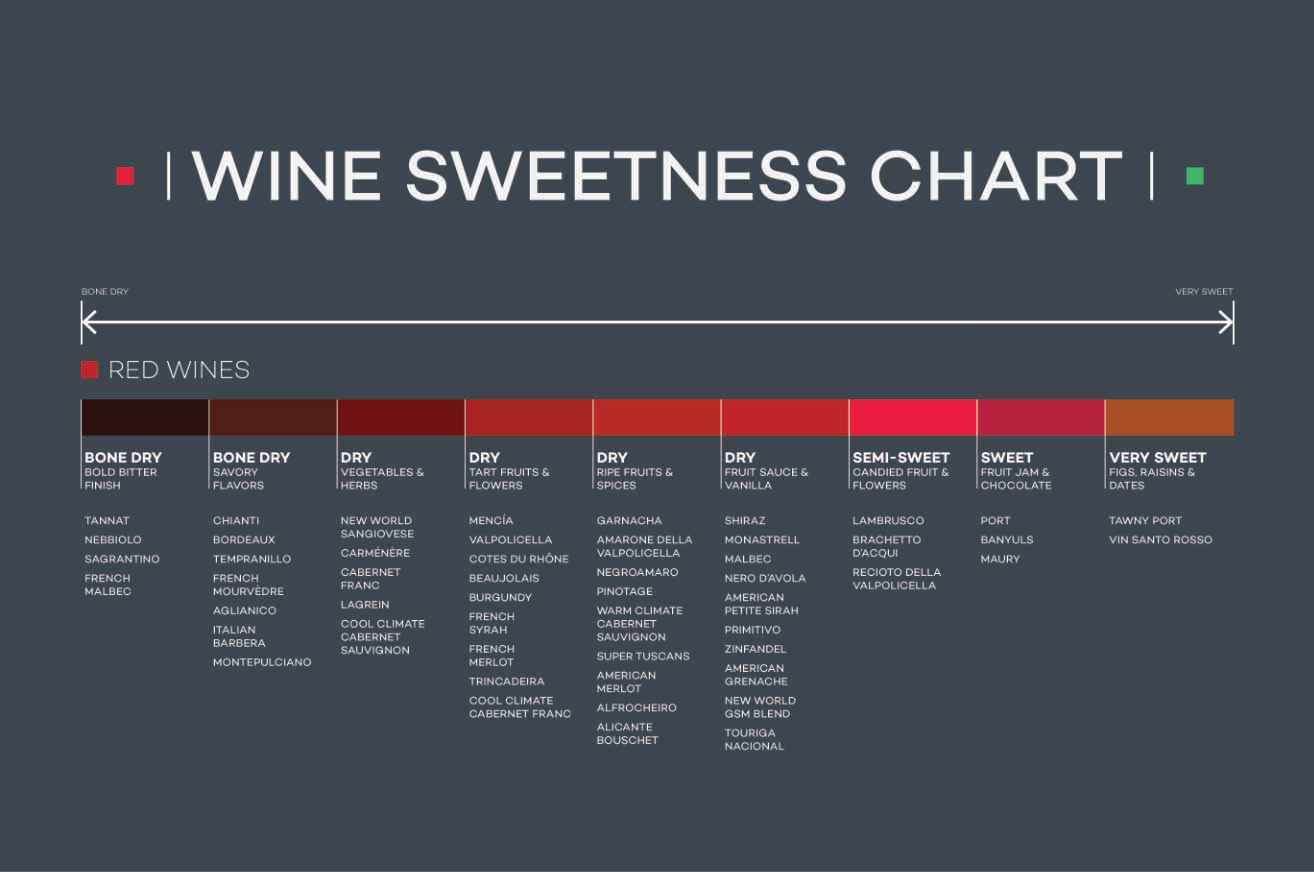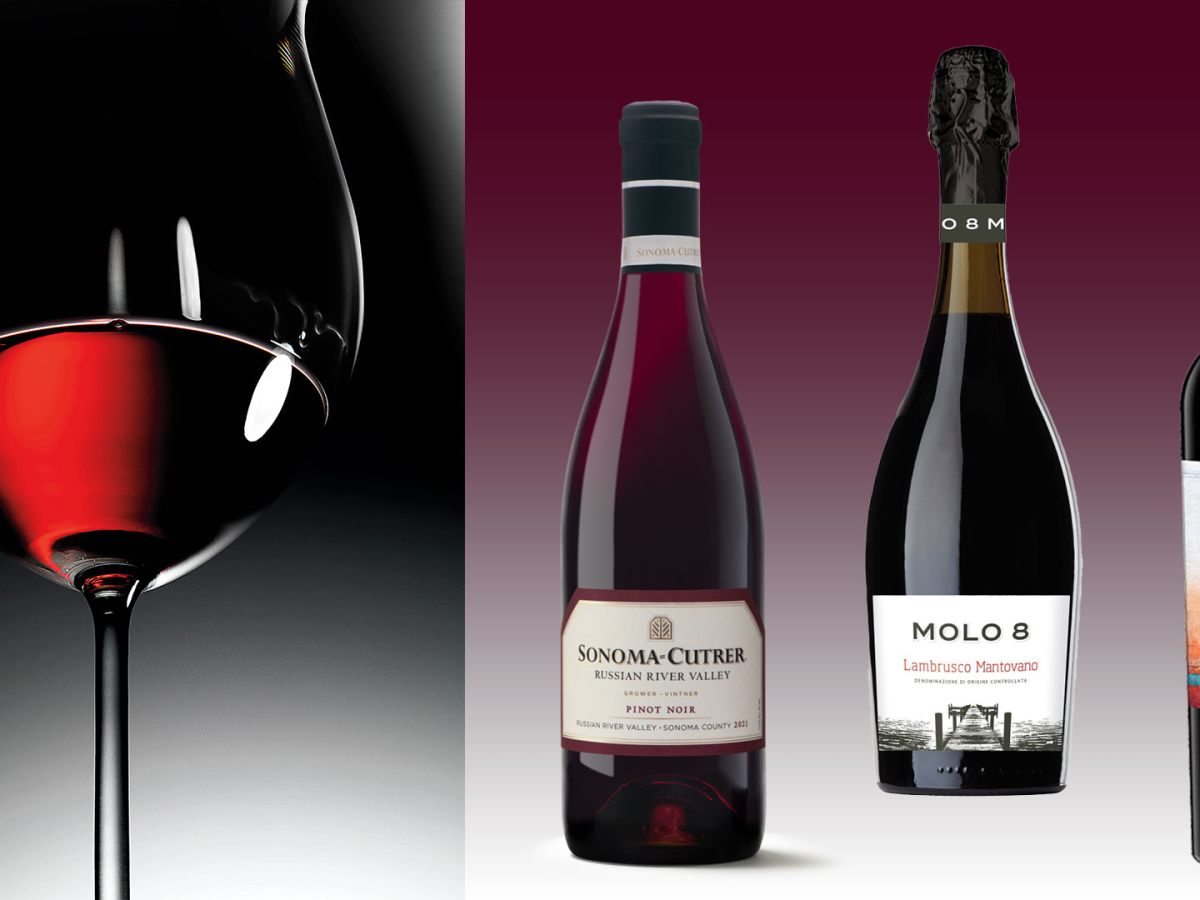Understanding Cabernet Sauvignon Wine

Cabernet Sauvignon is a popular red wine known for its rich flavors and bold characteristics. It is made from the Cabernet Sauvignon grape, which is widely cultivated in various wine regions around the world. This wine has a deep color and is typically full-bodied with high tannins. Its flavor profile often includes notes of blackcurrant, dark berries, tobacco, and cedar. Cabernet Sauvignon pairs well with hearty dishes like roasted meats and aged cheeses. Whether you’re new to wine or a seasoned enthusiast, exploring the world of Cabernet Sauvignon can be an exciting journey into the realm of red wines.
What Is Cabernet Sauvignon Wine?
Cabernet Sauvignon wine is a popular red wine known for its rich flavors and bold characteristics. It is made from the Cabernet Sauvignon grape, which is widely cultivated in various wine regions around the world. This wine has a deep color and is typically full-bodied with high tannins. Its flavor profile often includes notes of blackcurrant, dark berries, tobacco, and cedar. Cabernet Sauvignon pairs well with hearty dishes like roasted meats and aged cheeses. Whether you’re new to wine or a seasoned enthusiast, exploring the world of Cabernet Sauvignon can be an exciting journey into the realm of red wines.
Cabernet Sauvignon Flavor Profile
Cabernet Sauvignon is known for its rich and complex flavor profile. It typically offers intense flavors of blackcurrant, dark berries, and hints of tobacco and cedar. The wine’s high tannin content gives it a bold structure and a long-lasting finish. Cabernet Sauvignon often exhibits notes of vanilla and spice from aging in oak barrels. Overall, the flavor profile of Cabernet Sauvignon is robust, full-bodied, and perfect for those who enjoy a more pronounced taste in their wines.
Sweetness In Cabernet Sauvignon

Cabernet Sauvignon is generally considered a dry wine, meaning it has low levels of residual sugar. However, the perception of sweetness can vary depending on individual taste preferences and the specific characteristics of the wine. Despite its dry nature, Cabernet Sauvignon can still exhibit flavors that give the impression of sweetness, such as ripe fruit notes or hints of vanilla from oak aging. It’s important to note that while Cabernet Sauvignon may not be classified as sweet, it can still offer a complex and enjoyable flavor profile for wine enthusiasts.
Exploring The Sweetness Levels In Cabernet Sauvignon
Cabernet Sauvignon is generally considered a dry wine, meaning it has low levels of residual sugar. However, the perception of sweetness can vary depending on individual taste preferences and the specific characteristics of the wine. Despite its dry nature, Cabernet Sauvignon can still exhibit flavors that give the impression of sweetness, such as ripe fruit notes or hints of vanilla from oak aging. It’s important to note that while Cabernet Sauvignon may not be classified as sweet, it can still offer a complex and enjoyable flavor profile for wine enthusiasts.
Factors Impacting The Sweetness Of Cabernet Sauvignon
Several factors can impact the sweetness of Cabernet Sauvignon. One crucial factor is the level of residual sugar left after fermentation. The more residual sugar, the sweeter the wine will be. Additionally, fruitiness plays a role in determining sweetness, as riper fruit flavors can give the impression of sweetness. Tannin levels also play a part, as higher tannins can counterbalance any perceived sweetness and create a drier sensation on the palate. Overall, these factors combine to determine the level of sweetness in Cabernet Sauvignon wines.
Perceived Sweetness Vs Actual Sugar Content

When it comes to Cabernet Sauvignon, the perceived sweetness can often be misleading. Despite its rich and fruity flavors, Cabernet Sauvignon is actually a dry wine with minimal residual sugar. The perception of sweetness in this wine comes from factors such as ripe fruit flavors and tannins that create a rounded mouthfeel. It’s important to note that the actual sugar content in Cabernet Sauvignon is typically low, which makes it an excellent choice for those who prefer drier wines.
Perception Of Sweetness In Cabernet Sauvignon
The perception of sweetness in Cabernet Sauvignon can be deceiving. Despite being a dry wine with low sugar content, the ripe fruit flavors and tannins create an illusion of sweetness on the palate. This is why Cabernet Sauvignon is often described as having a “perceived sweetness.” The rich and concentrated flavors can give the impression of sweetness, making it an attractive choice for those who enjoy bolder wines. It’s important to note that this perceived sweetness is not due to actual sugar content in the wine.
Relationship Between Sugar Content And Perceived Sweetness
The relationship between sugar content and perceived sweetness in Cabernet Sauvignon is intriguing. Despite its low sugar content, the wine can still give off a perceived sweetness due to its ripe fruit flavors and tannins. This can create an illusion of sweetness on the palate, making it appealing to those who enjoy bolder wines. It’s important to note that this perceived sweetness is not a result of actual sugar content in the wine but rather the combination of flavors and mouthfeel.
Cabernet Sauvignon Vs Sweet Red Wines

Cabernet Sauvignon is often compared to other sweet red wines due to its unique flavor profile. While Cabernet Sauvignon is not typically considered a sweet wine, it can still offer a rich and fruity taste that some may find appealing. In contrast, sweet red wines like Port or Lambrusco have higher residual sugar levels, resulting in a noticeably sweeter taste. The choice between Cabernet Sauvignon and sweet red wines ultimately depends on personal preference and the desired level of sweetness in the wine.
Contrasting Cabernet Sauvignon With Other Sweet Red Wines
When comparing Cabernet Sauvignon with other sweet red wines, it’s important to note the differences in sweetness levels. While Cabernet Sauvignon is known for its bold and dry profile, sweet red wines like Port or Lambrusco have higher residual sugar levels, resulting in a noticeably sweeter taste. These sweet red wines often have flavors of ripe berries and sometimes even chocolate or caramel notes. The choice between Cabernet Sauvignon and sweet red wines ultimately depends on personal preference and the desired level of sweetness in the wine.
Popular Sweet Red Wine Alternatives To Cabernet Sauvignon
If you’re looking for sweet red wine alternatives to Cabernet Sauvignon, there are several options to consider. One popular choice is Port wine, which is known for its rich, sweet flavors and higher alcohol content. Another option is Lambrusco, a sparkling red wine from Italy that offers fruity sweetness and a refreshing effervescence. Additionally, you might enjoy a bottle of Brachetto d’Acqui, a lightly sparkling and aromatic red wine with notes of strawberries and raspberries. These alternatives provide a delightful sweetness that can be enjoyed on their own or paired with desserts.
Pairing Sweet Flavors With Cabernet Sauvignon

Cabernet Sauvignon is a versatile wine that can be paired with a variety of sweet flavors. Its bold and robust nature allows it to stand up to rich, sweet dishes. Try pairing Cabernet Sauvignon with dark chocolate desserts like flourless chocolate cake or chocolate mousse. The wine’s tannins complement the richness of the chocolate, creating a harmonious combination. Another delicious pairing is Cabernet Sauvignon with caramelized meats or sauces, such as braised short ribs or a balsamic reduction. The sweetness in these dishes enhances the fruitiness of the wine, resulting in a delightful culinary experience.
Ideal Food Pairings For Sweet Cabernet Sauvignon
When it comes to pairing sweet Cabernet Sauvignon, there are several food options that can complement its flavors. Rich and savory dishes like braised short ribs or balsamic-glazed steak are excellent choices as the sweetness in these meats enhances the fruitiness of the wine. For a sweet treat, try pairing Cabernet Sauvignon with dark chocolate desserts like flourless chocolate cake or chocolate mousse. The bold tannins in the wine provide a perfect balance to the richness of the chocolate. Overall, finding dishes that have complementary flavors will enhance your enjoyment of sweet Cabernet Sauvignon.
Enhancing The Sweetness Experience With Complementary Dishes
To enhance the sweetness experience of Cabernet Sauvignon, pairing it with complementary dishes is key. Rich and savory options like braised short ribs or balsamic-glazed steak can elevate the fruitiness of the wine. Indulge your sweet tooth by pairing Cabernet Sauvignon with dark chocolate desserts such as flourless chocolate cake or chocolate mousse. The bold tannins in the wine provide a perfect balance to the richness of the chocolate. By finding dishes that complement its flavors, you can truly enjoy the sweetness of Cabernet Sauvignon.
Conclusion

In conclusion, while Cabernet Sauvignon is not traditionally considered a sweet wine, it offers a wide range of flavor profiles to cater to different preferences. The perception of sweetness in Cabernet Sauvignon can vary depending on individual taste. It is important to note that Cabernet Sauvignon is typically dry, but its bold flavors and high tannin content make it a versatile choice for wine enthusiasts. Whether you enjoy the richness of a full-bodied red or prefer a touch of sweetness, there is a Cabernet Sauvignon style to satisfy your palate.
The Versatility Of Cabernet Sauvignon In Sweet Wine Preferences
Cabernet Sauvignon may not be traditionally considered a sweet wine, but its versatility allows it to cater to various preferences. With its bold flavors and high tannin content, Cabernet Sauvignon can be enjoyed by those who appreciate the richness of a full-bodied red wine. Additionally, for those seeking a touch of sweetness, there are Cabernet Sauvignon styles available that offer a more fruit-forward profile. Whether you prefer a dry or sweeter wine, Cabernet Sauvignon has options to satisfy your palate.
Final Thoughts On Enjoying Sweet Cabernet Sauvignon
While Cabernet Sauvignon is not traditionally considered a sweet wine, it can still be enjoyed by those who appreciate a touch of sweetness in their red wine. The ripe fruit flavors and boldness of Cabernet Sauvignon make it a versatile choice for those looking for a slightly sweeter option. Whether you prefer a dry or sweeter wine, Cabernet Sauvignon offers an array of options to satisfy your palate. So go ahead and explore the sweet side of this beloved varietal – you might just discover a new favorite!
FAQ About Cabernet Sauvignon Sweet: Exploring The Sweet Side
Q: Is Cabernet Sauvignon a sweet wine?
A: Cabernet Sauvignon is typically a dry red wine known for its bold and rich flavor profile rather than sweetness.
Q: Why do some people perceive sweetness in Cabernet Sauvignon?
A: The perceived sweetness in Cabernet Sauvignon can be influenced by individual taste preferences, fruit ripeness, winemaking techniques, or food pairings.
Q: Are there sweet variations of Cabernet Sauvignon available?
A: While traditional Cabernet Sauvignon wines are not sweet, some winemakers produce off-dry or dessert-style versions with residual sugar content for those seeking a sweeter taste.
Q: How can you tell if a Cabernet Sauvignon is sweet or dry?
A: Reading the wine label or seeking information from the winery can help determine if a particular Cabernet Sauvignon is sweet, semi-sweet, or dry in style. Tasting notes and reviews can also provide insight into the wine’s profile.
Q: What are some food pairings that complement Cabernet Sauvignon?
A: Cabernet Sauvignon pairs well with red meats, aged cheeses, dark chocolate, and dishes with bold flavors like grilled steaks, lamb chops, or hearty pasta dishes.
Q: Can sweetness perception in wine vary from person to person?
A: Yes, individual taste buds and sensitivities can vary, leading to different perceptions of sweetness even in wines like Cabernet Sauvignon that are generally considered dry.

Family-owned and proudly serving the Black River Falls area since 1973. Our convenience store, bar, and restaurant within the same building are unique to the area. We accommodate our smokers with a separate facility. We are conveniently located within two miles of the interstate at the corners of Highway 12 and 27. We are your one-stop destination for a restaurant/bar and convenience store.